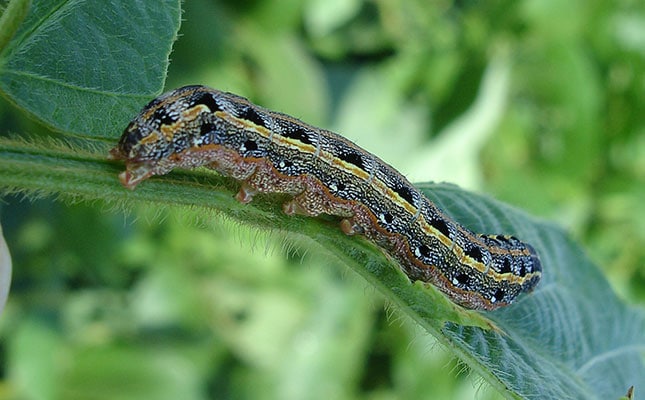The African Development Bank recently convened a meeting of experts and stakeholders in the agricultural sector to design integrated pest and disease management mechanisms for controlling the spread of the Fall Armyworm in East Africa (EA).
The Fall Armyworm or Spodoptera frugiperda is an invasive insect threatening food supplies and incomes of millions of African smallholder farmers. The multi-stakeholder, regional action plans to stop the menace of the worm in Africa falls under the Bank’s Technologies for African Agriculture Transformation (TAAT) agenda.
Held 11 and 12 October 2018 in Nairobi, Kenya, the meeting brought together government representatives and fall army worm response coordinators from Burundi, Ethiopia, Kenya, Madagascar, the Seychelles, Somalia, South Sudan, Sudan, and Uganda.
Also in attendance were representative of the Food and Agriculture Organization (FAO), the International Institute of Tropical Agriculture (IITA) , regional and international stakeholders in the Agriculture sector. The United States Agency for International Development, the Alliance for a Green Revolution in Africa, the African Agricultural Technology Foundation and Syngenta Foundation were also represented at the meeting.
Joseph Coompson, the African Development Bank’s Regional Manager for Eastern Africa said: “Reports have shown that if no appropriate action is taken, fall army worm could cause maize yield losses of 21-53 per cent – valued at US $2.48 to 6.187 billion, in 12 African countries within five years.”
This trend, if unchecked, “could significantly affect African countries which are already importing food estimated at US $35 billion annually and set to outstrip US $100 billion by 2026,” Coompson said.
Other speakers and participants addressed ineffective chemicals and cultural control methods to reduce the fall armyworm threat. “We look forward to leaving this meeting with technology options to deploy to farmers in the coming season,” said David Mwangi, Head of Plant Protection Services with Kenya’s Ministry of Agriculture’s State Department for Crop Development.
Researchers from the FAO, the International Maize and Wheat Improvement Center, the International Centre of Insect Physiology and Ecology, the African Agricultural Technology Foundation and the Centre for Agriculture and Bioscience International, Syngenta, Corteva and Bayer also presented current initiatives and technologies for controlling the fall army worm.
Country focal persons outlined their plans, including financial, policy and regulatory reforms required for achieving quick wins in the fight against the worm in East Africa. They also discussed options for providing effective technologies for combating the worm to smallholder farmers. They observed that in Southern Africa, Fortenza Duo, a seed treatment pesticide from Syngenta Foundation, proved effective against the worm in the first 30 days after crop emergence.
“The submission of national and regional action plans to target millions of farmers shows the degree to which our “plan to action” approach against the fall army worm threat is being taken seriously and is galvanizing governments and farmers to protect not only fields, but livelihoods too,” said Chris Akem, TAAT Coordinator at IITA.




